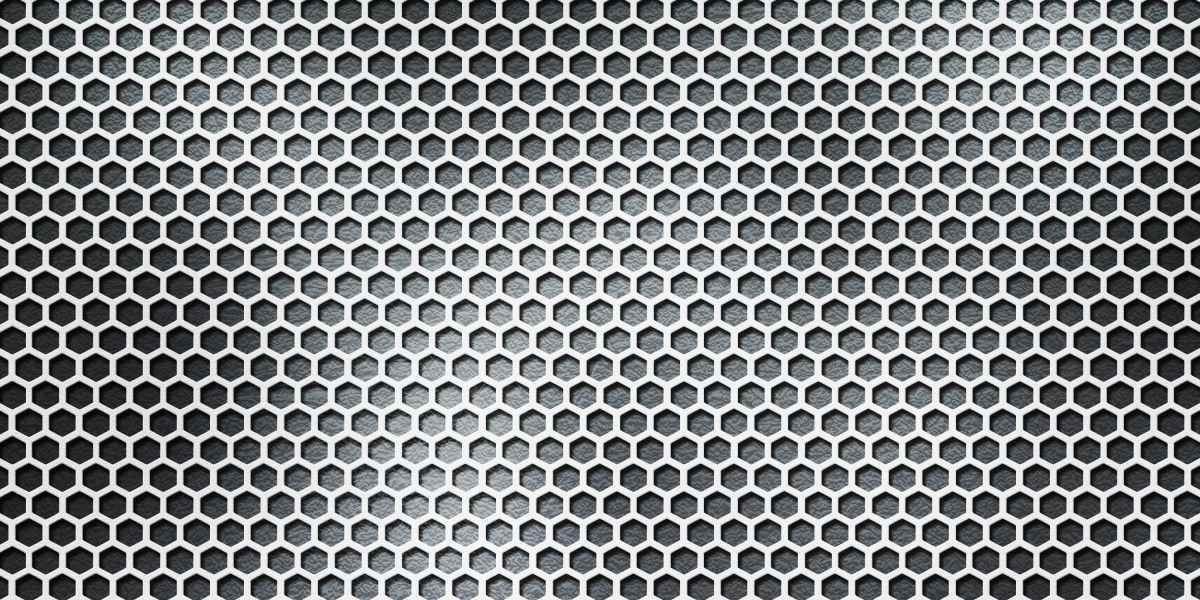Acne may come and go, but the marks it leaves behind can be there to remind you of flare-ups long after your skin has returned to normal. Whether dark spots, red patches, or shallow scars, such marks can make a dent in how confident you feel about your complexion. The good news? You don't have to resort to harsh treatments or expensive procedures to fade them. Consistent, gentle care and the right approach mean acne marks can fade beautifully over time, revealing smooth, even-toned skin once again.
Here are some easy and gentle fixes that can help fade acne marks while keeping your skin calm, nourished, and healthy.
1. Understand What Type of Marks You Have
Not all acne marks are the same, and knowing what you're dealing with can help you choose the right fix.
PIH: These are dark brown to purple spots left after inflammation. They are common in medium to dark skin tones.
PIE (Post-Inflammatory Erythema): red or pink marks left because of the injury to blood vessels; it is more common in lighter skin.
Atrophic Scars: These are the shallow or pitted scars resulting from collagen loss during healing.
PIH and PIE generally subside with time and topical treatment, while the indented scars may take a little longer or may sometimes require professional intervention. The key is patience—and gentle, consistent skincare.
2. Begin with a Mild Cleansing Routine
Healing skin is all about gentle cleansing. Harsh soaps or over-washing will strip your skin's protective barrier, making recovery take longer and worsening the appearance of marks.
Choose a gentle cleanser without fragrances and sulfates to balance skin lipids. Look for calming ingredients like:
Cica: Centella Asiatica - reduces redness.
Green tea extract: rich in antioxidants.
Chamomile or aloe vera: because they soothe irritation.
Wash your face twice a day-in the morning and at night-with lukewarm water. Avoid scrubbing or using rough washcloths; you want to clean your skin, not punish it.
3. Practice Gentle Exfoliation
Dead skin cells on top can make the acne marks appear much darker and duller. Exfoliation can help to fade the discolouration faster but needs to be done gently.
Avoid scrubbing with hard, rough exfoliants. Chemical exfoliators are gentler; they dissolve the dead cells instead of creating friction. Opt for:
Lactic acid is mild and hydrating, perfect for sensitive skin.
Mandelic acid is best for darker complexions since it could prevent post-inflammatory pigmentation.
PHA - Polyhydroxy Acids: very mild and non-irritating.
Use these 2-3 times a week at night and always follow with moisturizer. Exfoliating too much leads to inflammation-the very thing you're trying to prevent.
4. Brightening with Natural Ingredients
Nature offers some of the most soothing, mark-fading ingredients that don't irritate even sensitive skin. Incorporate one or two of these into your routine:
Niacinamide-Vitamin B3: reduces dark spots and enhances the skin's barrier.
Licorice extract: Brightens skin naturally and soothes redness.
Vitamin C: This brightener has a proven track record of lightening dark marks and upping collagen. Begin with low concentrations, 5–10%, if you have sensitive skin.
Aloe vera gel: Hydrates and, over time, helps reduce pigmentation.
These ingredients can be used in serums or lightweight creams once daily, preferably in the morning before sunscreen.
5. Moisturise Consistently
Healing skin needs hydration to mend itself. When skin is dry or tight, healing will go more slowly, and marks can darken. Choose a non-comedogenic moisturiser containing:
Ceramides restore the barrier of the skin.
Hyaluronic acid: This acts to lock in moisture.
Panthenol or glycerin-for soothing comfort.
Even oily or acne-prone skin needs moisture. The trick is choosing lightweight, gel-based products that hydrate without clogging pores.
6. Never Skip Sunscreen
By not using sunscreen while trying to fade acne marks, you are essentially working against yourself daily. UV exposure deepens the pigmentation and slows down the healing process.
Opt for a broad-spectrum SPF 30 or higher and make it the last skincare step you do every morning.
Reapply every 2–3 hours if you’re outside.
If you have sensitive skin, go for mineral formulas containing zinc oxide or titanium dioxide.
Sunscreen isn't just a form of prevention; it's a form of treatment. Continuous protection enables the marks to quickly fade while avoiding new ones.
7. Soothe with Healing Masks
This will help calm redness and speed up the recovery process with weekly soothing masks, including:
Honey masks are antibacterial and hydrating.
Aloe vera and cucumber masks brighten and cool the skin.
Oatmeal masks reduce irritation and inflammation.
You can even make a mask yourself at home:
Mix 1 tablespoon of honey with either ½ teaspoon of lemon juice to brighten, or turmeric to calm inflammation. Apply for 10 minutes, then gently rinse and follow up with moisturizer.
8. Try Retinol — Slowly and Carefully
If your skin can tolerate it, retinol is one of the most effective ways to help fade acne marks and stimulate collagen. By increasing cell turnover, it will cause dark spots to lighten and texture to smooth over time.
Start with low dosing: 0.25% or 0.3% twice a week, then build up gradually.
Always apply it at night and never forget sunscreen the next day.
If you have sensitive skin, try bakuchiol, a plant-based alternative that offers similar benefits without the irritation.
9. Support Healing from Within
Topical products work best when your body is nourished from the inside out. Focus on foods and habits that promote skin renewal:
Consume antioxidant-containing fruits such as berries and oranges. Include zinc and vitamin E in your diet - both promote healing. Be hydrated and flush out those toxins. Get enough sleep; that way, your skin can self-repair while you sleep. Reducing stress with meditation, light exercise, or journaling helps, too-stress hormones can hinder healing and provoke fresh breakouts.
10. Avoid Picking or Popping
The urge is great to touch or squeeze healing pimples or scabs, but this can push the pigment deeper and create scarring. Allow your skin to heal itself. If you notice scabbing or flaky skin, avoid peeling it. Continue softening and protecting the area with a healing ointment, such as Cica balm or panthenol cream.
11. Be Patient and Consistent.
Even the mildest routine will not work overnight; it takes time for acne marks to fade. The majority of light pigmentations disappear in 4-12 weeks with constant care. The trick is to keep up with your products, not to undergo aggressive treatments, and to protect your skin every day. With time, your complexion will clear up, smoothen out, and even out in tone as a result of natural skin resilience and your mindfulness.
Final Thoughts
Acne marks may be stubborn, but they are not permanent. By focusing on gentle, steady skincare, you can restore your skin's natural glow without irritation or damage. Think of each routine as one more moment of healing, not punishment for your past breakouts. With its mild exfoliation, nourishing ingredients, hydration, and daily sun protection, your skin will slowly but surely reveal a brighter, calmer, and more confident you. True skin healing isn't about erasing marks but about caring for yourself with patience, kindness, and consistency. And when your skin feels cared for, it shows.








